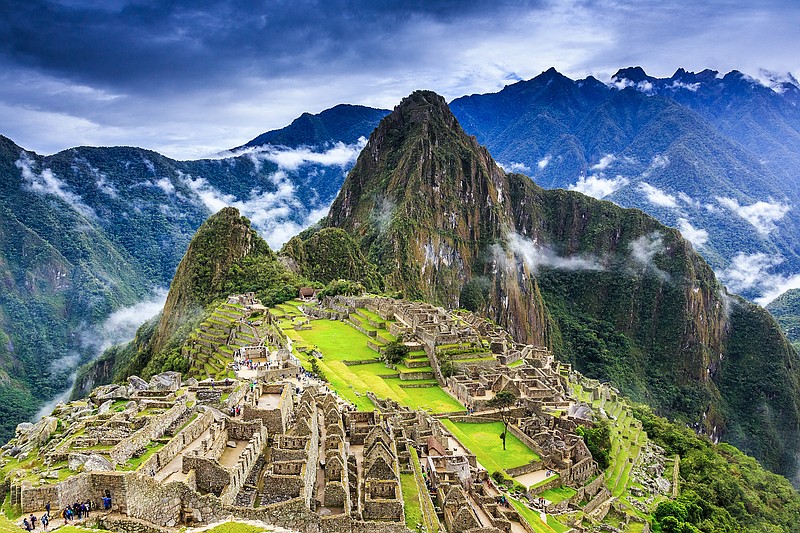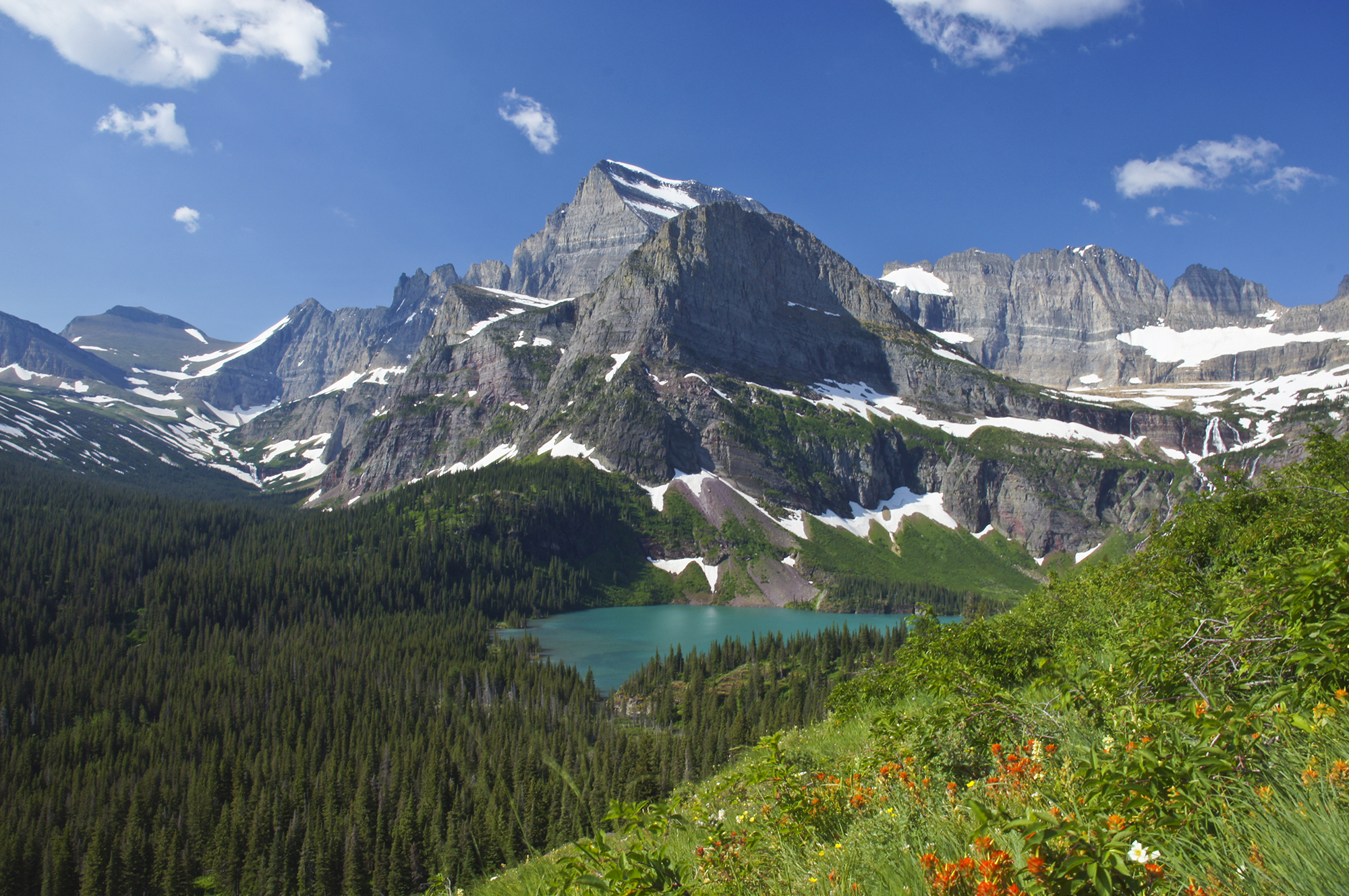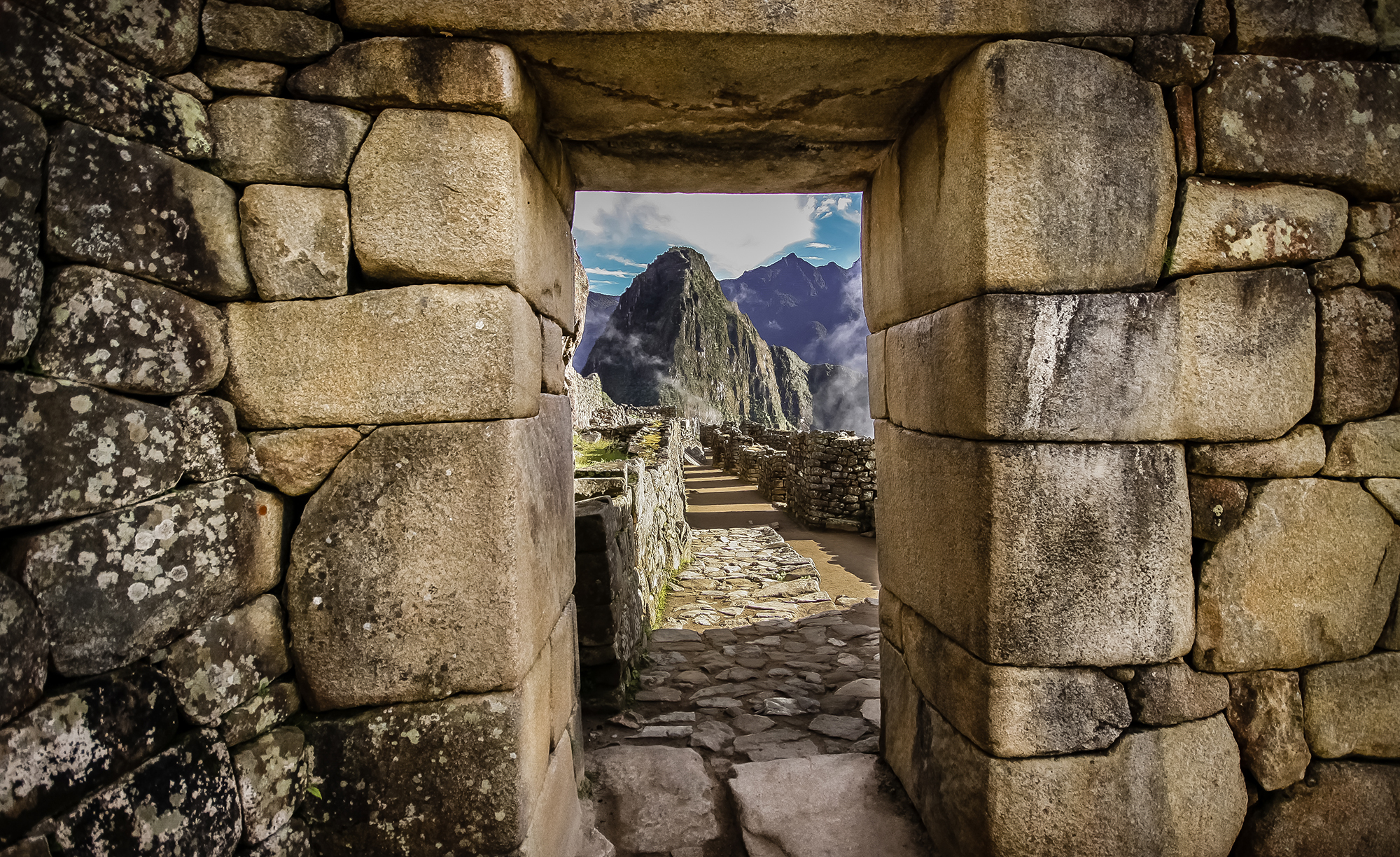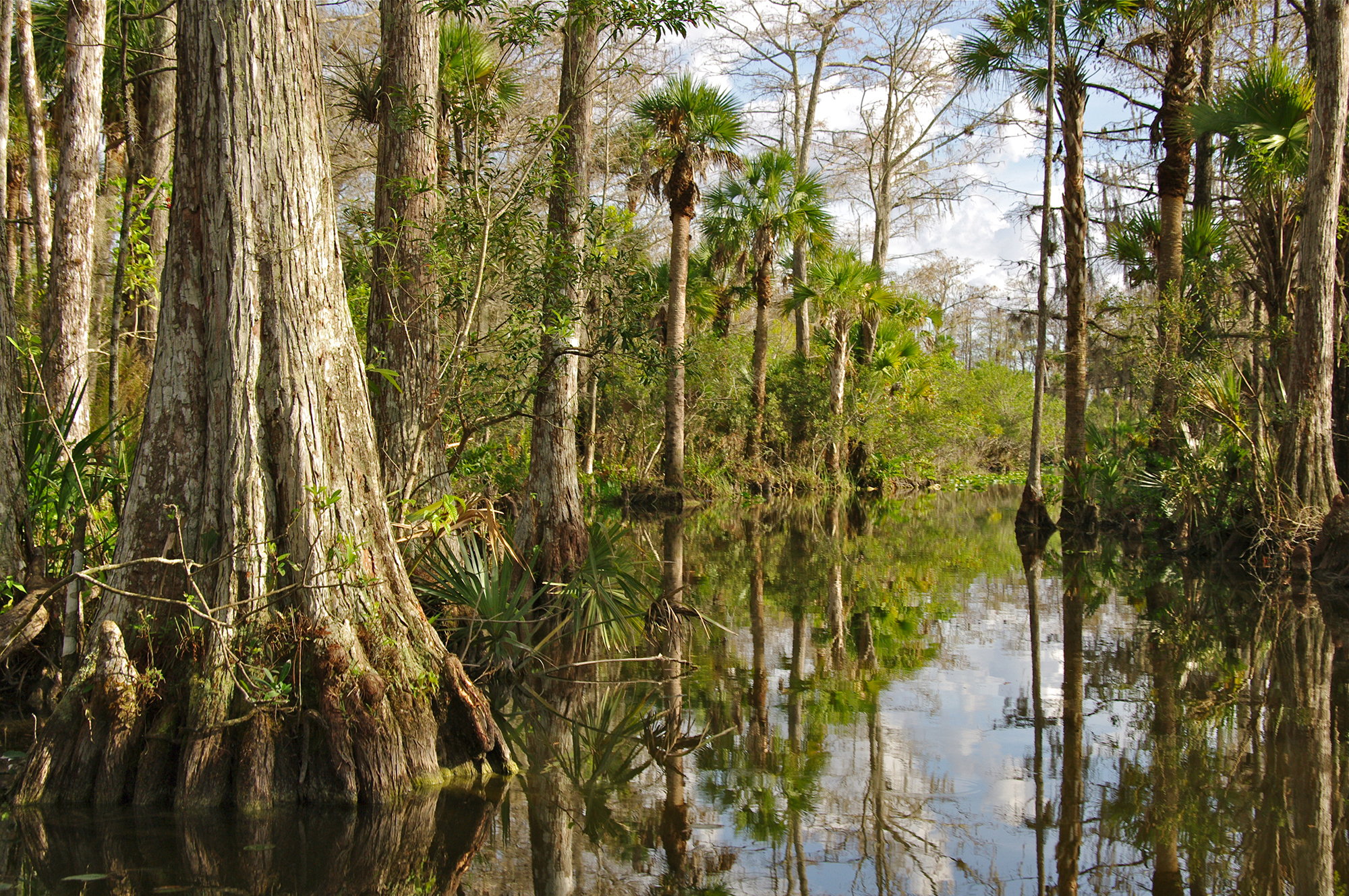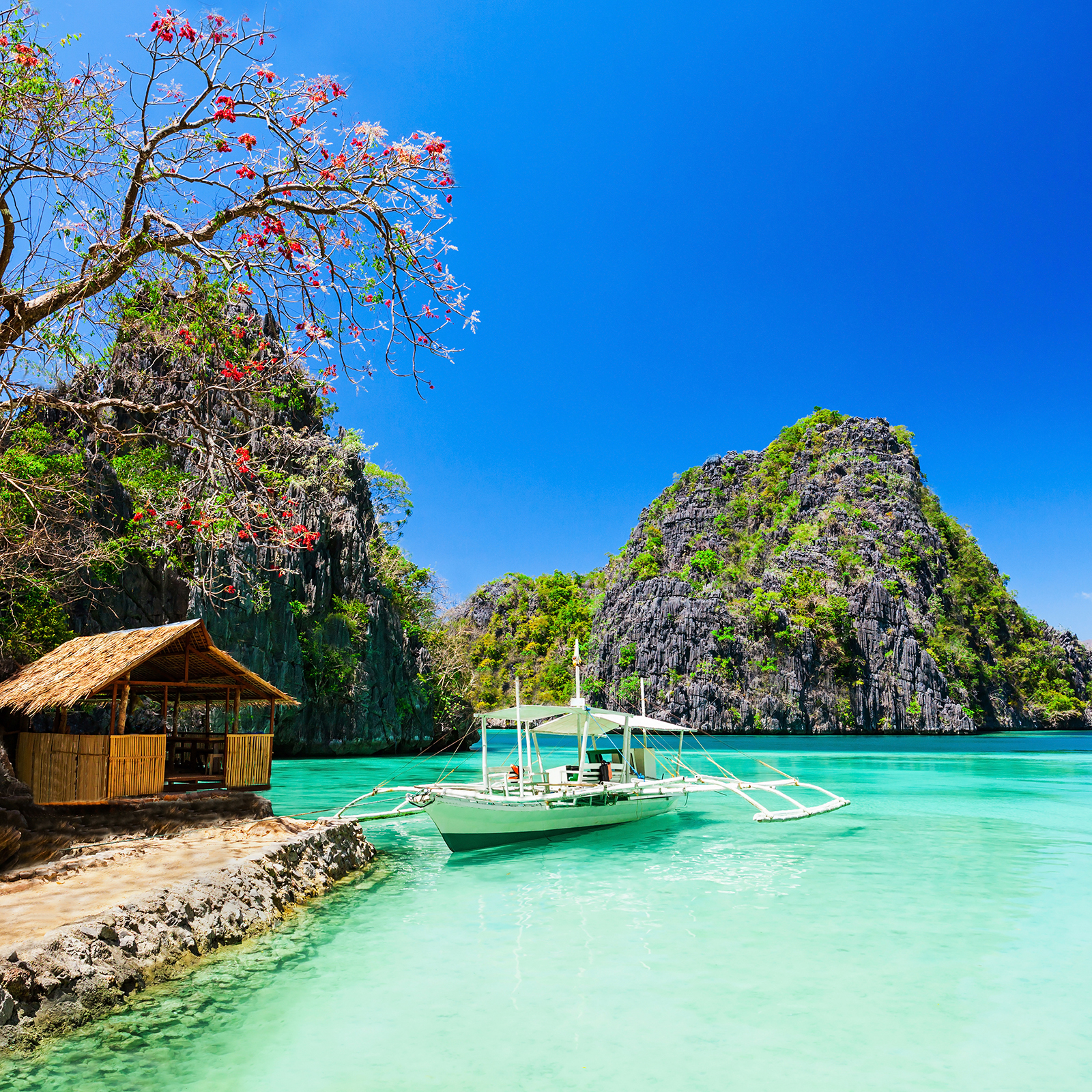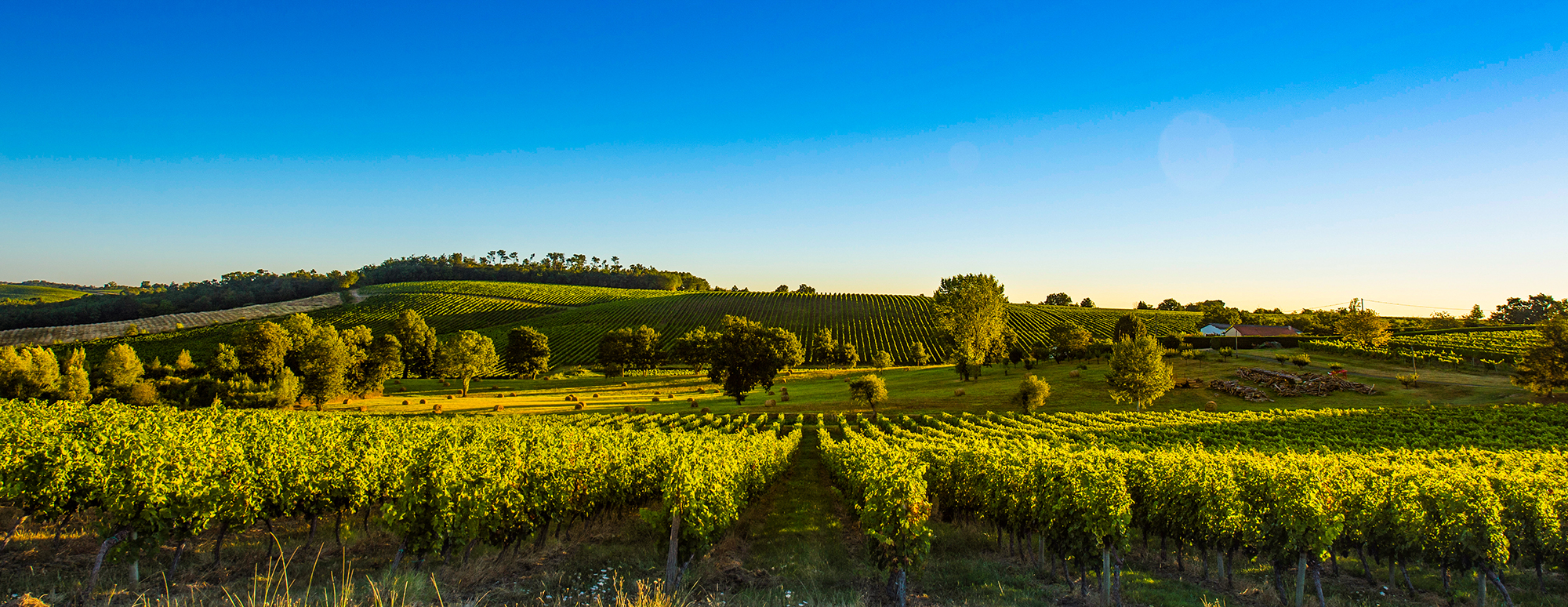If you knew your favorite vacation spot would vanish from the Earth in a month due to misuse, would you: A.) hop in the RV for one final visit, or B.) quarantine the hotspot in the hopes of preserving it for at least a little while longer?
That's the question travel experts and conservationists have been debating with the increasing popularity of "last-chance tourism."
Also referred to as doom tourism, the trend involves visiting destinations or endangered species that may soon disappear as a result of environmental threats from pollution to globalization. With scientists warning of the imminent dangers of climate change and global warming, millions have flocked to the sites most likely to kick the bucket in a last-ditch effort to cross them off their bucket lists - which some argue is merely shortening the lifespan of those natural treasures.
Here are some of the locales whose days experts fear may be numbered. Whether you choose to book a trip, limit your footprint or just help raise awareness is completely up to you.
GLACIER NATIONAL PARK
One of the most glaring examples of the toll of climate change comes from this Montana paradise, whose namesake may be endangered. While the park boasted 150 glaciers back in 1850, today's counts put the number of remaining glaciers at 37 - or 26 if you're using the park's minimum size requirement of 25 acres to classify. The location was the 10th-most visited national park in 2017, drawing more than 3 million travelers to catch a glimpse of its shrinking icy behemoths, but scientists predict that the last of the park's glaciers could be no more by the year 2030.
MACHU PICHU
Nestled high in the Andes Mountains, the ruins of this ancient Incan city have been put in jeopardy by a threat more immediate than climate change: tourists. Until 2017, visitors were allowed to climb the city's walls at their discretion and trod through the ruins wearing boots and other hard-soled shoes that could cause irreparable damage to the centuries-old site. The landmark's expected longevity has improved following intervention from UNESCO, but the mysterious historical destination is not out of the woods just yet. While the Peruvian government and UNESCO have recommended a daily limit of 2,500 visitors allowed at the site, the ruins still regularly see more than 5,000 tourists each day, especially during peak summer season. To help spread out the overwhelming amount of foot traffic, a new ticketing policy was adopted this year that requires visitors to book hour-specific time slots and limit their visits to four hours.
EVERGLADES NATIONAL PARK
In southern Florida, the Everglades is home to more than 20 endangered species, and is the only place on the planet where alligators and crocodiles currently coexist. The park is also the only area in the United States currently sitting on UNESCO's list of "World Heritage Sites in Danger." In addition to hazards like hurricanes and climate change, the unique ecosystem is fast disappearing due to man-made innovations such as dams and canals, which have diverted water away from the marsh, draining it of the vital resource. With other issues from poaching to water pollution also actively causing destruction of the habitat, the wetland now lies across 1.5 million acres - a far cry from its former acreage of more than 2.5 million. The reduction raises special concern for animals that could face extinction or displacement as a result, such as the Florida panther, sea turtles and manatees, to name a few. Native animals also are under threat from Burmese pythons, many of which were former pets released into the wild. The apex predators have preyed on their new neighbors in the Everglades and diminished the food source for other animals at the top of the food chain, wiping out much of the bobcat, fox, opossum and rabbit populations, according to federal agency U.S. Geological Survey.
BORACAY
Few destinations throughout the Philippines have attracted more vacationers than the island of Boracay, whose white-sanded beaches and crystal clear waters have proven impossible to resist. Despite guests having more than 7,600 islands scattered throughout the country from which to choose, Boracay saw a total of 2.1 million visitors in 2017, making up a huge portion of the 6.6 million tourists who visited the Philippines that year, according to Philippines' Department of Tourism. Unfortunately, the influx of visitors has not only led to overcrowding and overdevelopment on the small island; it has also caused many businesses to cut corners when it comes to waste management, leading raw sewage to be drained directly into the crystalline waters. By February 2018, the situation had gotten so bad that Philippines President Rodrigo Duterte called the island's surrounding body of water a "cesspool" and closed the island to tourism for six months for rehabilitation. The hotspot has since reopened, but not without several new regulations - such as a ban on beachside drinking, single-use plastics, powered watercraft like Jet Skis, and unregulated sandcastles, to name a few. The government has also limited the number of visitors allowed per day from 19,000 down to 6,000.
BORDEAUX WINE COUNTRY
While you may still be able to spend a week touring the magnificent vineyards of Bordeaux in southwest France, the experience could soon be forever changed. According to the Intergovernmental Panel on Climate Change, temperatures in the Bordeaux region could rise by 2-4 degrees Celsius by 2050, drastically altering the iconic taste of the renowned French wine. Winemakers are worried that the warmer weather will cause the region's grapes to ripen faster, producing a sweeter, less acidic blend robbed of all the complexities in flavor and aroma definitive of Bordeaux wines.
